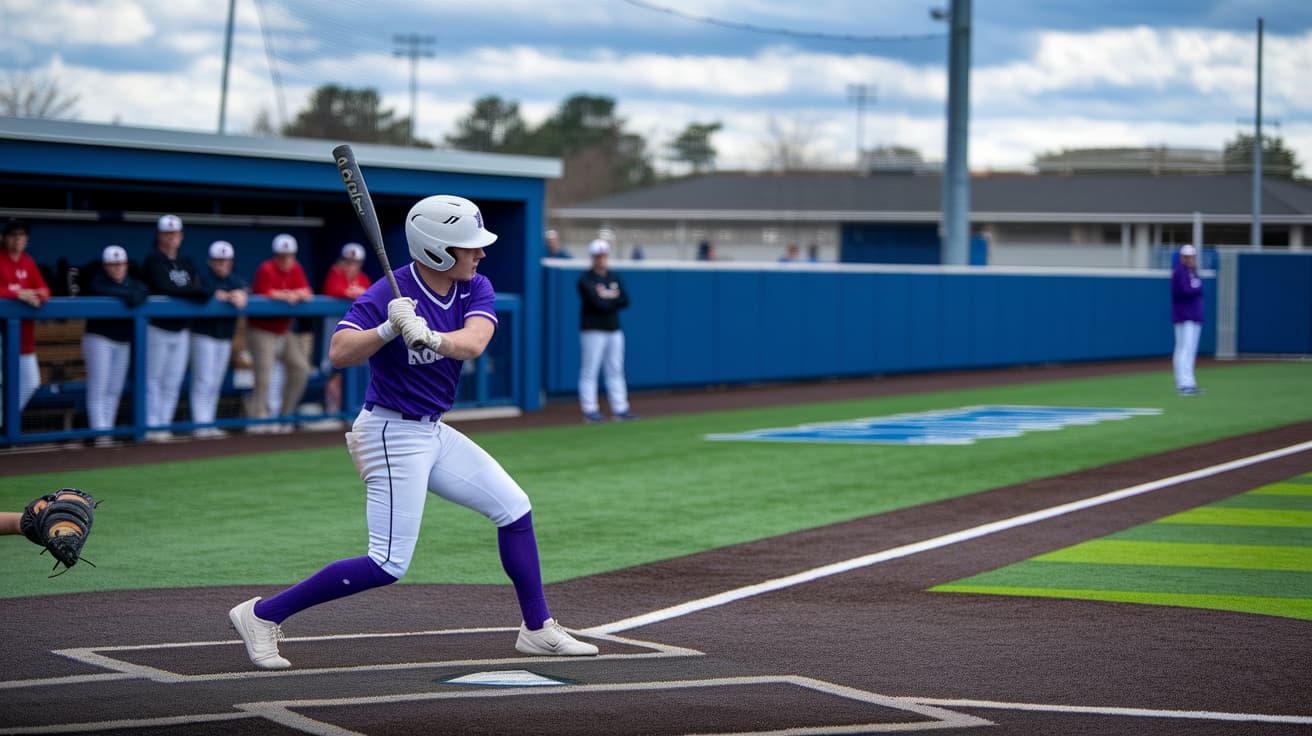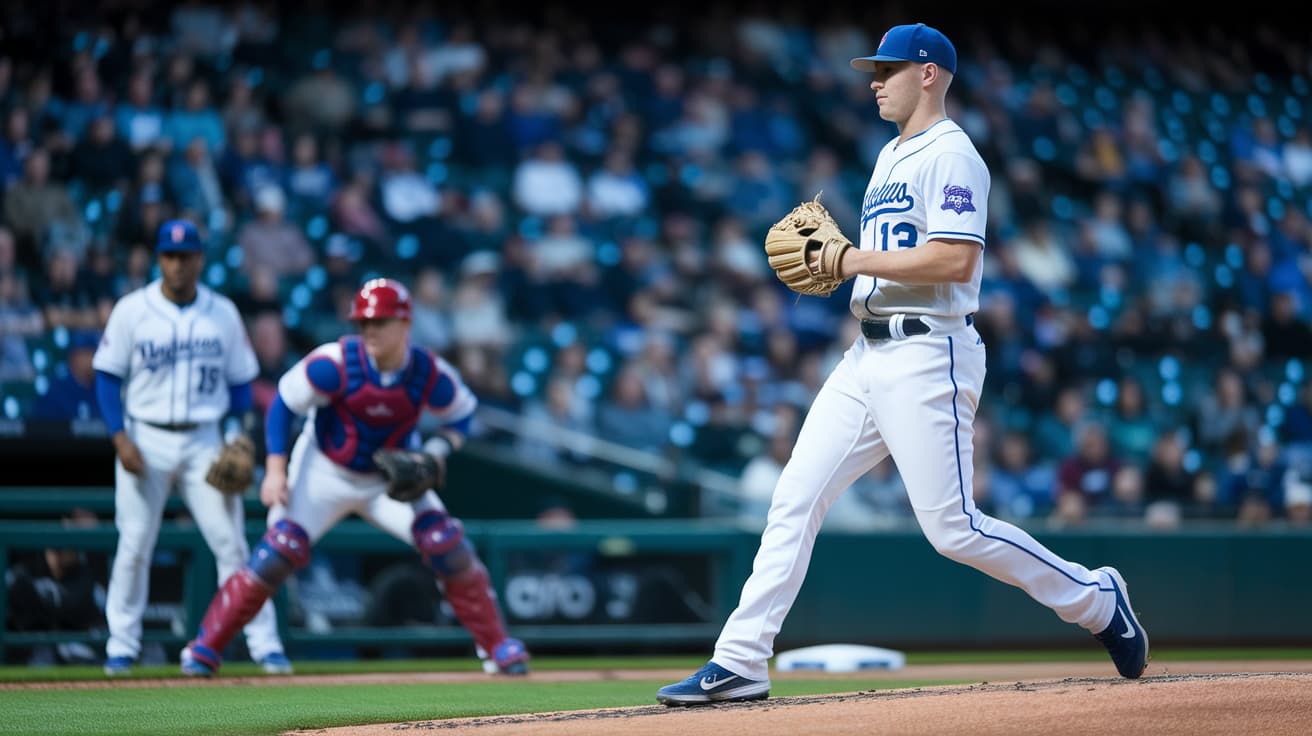If you’ve ever watched a Major League Baseball game and wondered where these players come from before they hit the big stage, you’re not alone. The answer lies in the fascinating world of professional baseball just below the majors—a place where talent is sharpened, dreams are tested, and futures are made or broken.
This level, often referred to as Triple-A baseball, is much more than just a stepping stone. It’s a unique, high-stakes environment that blends up-and-comers, career minor leaguers, and even former MLB stars trying to claw their way back.
Let’s dive into what makes this level of the game so special. From who plays there, to what the fan experience is like, and why it matters more than most people realize—here’s an inside look at baseball’s last stop before the majors.
Table of Contents
What Exactly Is the Level Just Below the Majors?

The level directly beneath Major League Baseball is called Triple-A (AAA). It’s the highest tier in Minor League Baseball (MiLB), and it’s a crucial piece of the MLB development system.
Every MLB team has at least one Triple-A affiliate, which serves as a training ground and backup squad for the big club.
Triple-A is the final proving ground. It’s where you’ll find:
- Top prospects who are one hot streak away from getting “the call.”
- Veterans rehabbing from injuries.
- Journeymen are still chasing the dream or serving as mentors.
There are two main Triple-A leagues: the International League and the Pacific Coast League. These leagues include teams from cities like Durham, Sacramento, Albuquerque, and Buffalo—towns that live and breathe baseball, even if they’re not home to an MLB team.
What separates Triple-A from Double-A (the level right below it) is a mix of skill, experience, and maturity. While Double-A is often where teams stash their raw, high-ceiling talents, Triple-A is more about polish and consistency.
Basically, if a player is in Triple-A, they’re either on the brink of the majors or trying to claw their way back in.
Who Plays at This Level and Why It Matters?
The Triple-A roster is a fascinating mix of players, each with a different story. Some are rising stars, drafted high and groomed for success. Others are MLB veterans, trying to prove they’ve still got it. And then there are the lifers, solid players who never quite broke through but still bring immense value.
Let’s break it down:
- Top Prospects: These are the kids with all the tools—power, speed, pitching velocity—you name it. Teams don’t keep them in Triple-A long unless they’re working on something specific. The moment there’s a need in the majors, they’re likely the first call-up.
- Rehabbing Major Leaguers: When a big-league player gets hurt, they often head to Triple-A to test out their recovery. It’s less pressure, but still highly competitive.
- Fringe Players: These guys bounce between Triple-A and MLB. They’re called up when needed—maybe to fill in for an injured starter or give the bullpen a fresh arm. Sometimes, they surprise everyone and stick around.
- Veterans & Career Minor Leaguers: Not every story ends in the majors, and that’s okay. Some players spend years in Triple-A, mentoring younger teammates, playing the game they love, and hoping for one last shot.
From a fan’s perspective, it’s fun to watch. You might see tomorrow’s stars before they make it big—or catch a World Series champ getting his swing back.
What’s It Like to Watch a Game at This Level?
Let’s be real—Major League games can get expensive, crowded, and (depending on the team) frustrating. Triple-A baseball, on the other hand, is an underrated gem.
Here’s why:
- Affordable and Family-Friendly: Tickets are usually super cheap, parking is easy, and you can actually afford to eat at the ballpark. It’s a great option for families, casual fans, and hardcore baseball lovers alike.
- Up-Close Action: Want to sit right behind home plate or near the dugout? At Triple-A, you actually can. You’re way closer to the action, and that makes a difference.
- More Relaxed Atmosphere: There’s a sense of community at Triple-A games. Local fans know the players, and teams go all out with promotions—think fireworks, theme nights, and even on-field games between innings.
- Surprising Level of Talent: Don’t think you’re watching scrubs out there. The talent is real. Some players are just a notch below MLB level, and others are big-league ready but waiting for an opportunity.
The vibe is just more accessible, less commercialized. If you love baseball for the game itself, Triple-A might be your new favorite thing.
Why Triple-A Baseball Deserves More Love?

Triple-A doesn’t always get the attention it deserves. Most sports fans focus on the majors, and casual fans might not even realize what goes on behind the scenes. But this level of baseball plays a critical role in shaping the future of the sport.
Here’s why Triple-A matters more than you think:
- Player Development: Triple-A coaches are tasked with fine-tuning players for the highest level. It’s where a pitcher adds a new pitch or a hitter adjusts his swing. These are the final tweaks before players face MLB-level pressure.
- Roster Flexibility: Major League teams depend on Triple-A like a farm-to-table operation. Need a left-handed reliever tonight? Boom—call someone up. Need a backup catcher for a weekend series? Triple-A has you covered.
- Player Comebacks: Many well-known players have had to spend time in Triple-A to reinvent themselves. Whether it’s due to injury, performance slumps, or even off-field issues, this level offers a chance to reset and refocus.
- A Hidden Goldmine of Stories: Some of the most compelling baseball stories don’t happen under the bright lights of Yankee Stadium or Dodger Stadium. They happen in the grind of Triple-A—in the long bus rides, the small crowds, and the relentless pursuit of a dream.
Every player in Triple-A is just one call away from having their life change forever. And that makes for some real, human drama you don’t always get in the majors.
Final Thoughts
The baseball level just below the majors isn’t just a minor league—it’s the heartbeat of hope for players and fans alike.
It’s where future All-Stars are getting their reps. It’s where veterans refuse to give up. And it’s where fans can watch high-quality baseball without breaking the bank or fighting traffic.
So, the next time you hear someone say they’re heading to a Triple-A game, don’t brush it off. They’re getting an up-close look at the future of baseball—and maybe, just maybe, witnessing the start of a legendary career.
Because in this level of the game, anything can happen, and every pitch could be the one that launches a player’s dreams into reality.
